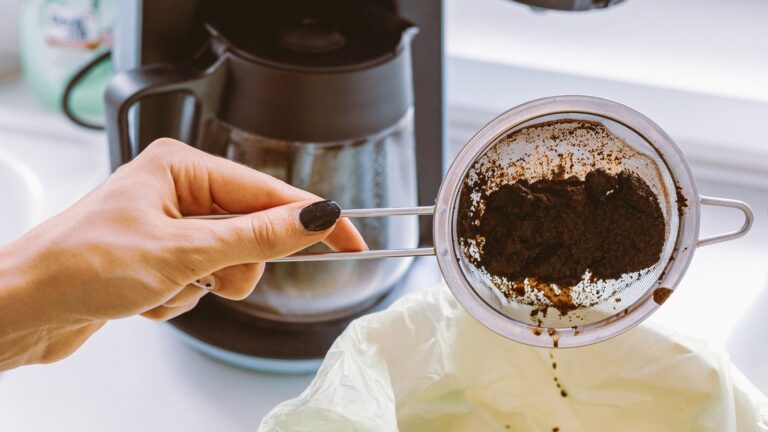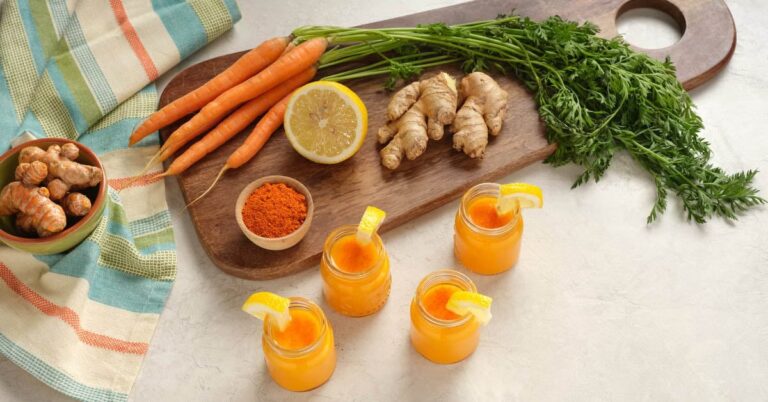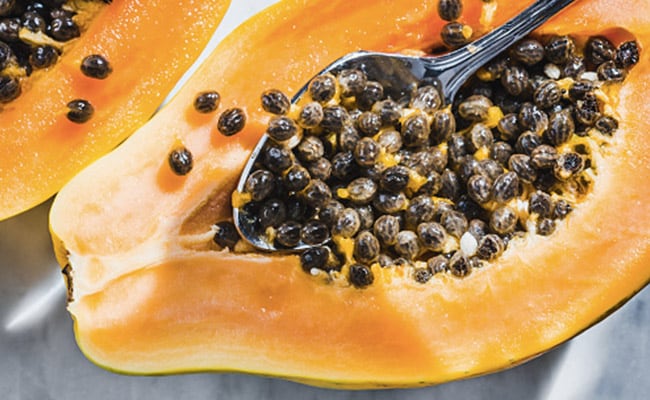If you wake up groggy, reach for coffee by default, and hit a wall by 3 p.m.—this one’s for you.
Instead of loading up on sugar and caffeine that leave you more drained than energized, try something different.
This easy morning drink blends honey, lemon, and bee pollen into a fast-acting, natural energy booster that works with your body—not against it.
Why It Works
Raw Honey:
Not just a sweetener—honey delivers quick energy through natural sugars, plus minerals and enzymes that help your body absorb and use that energy without the crash.
Lemon Juice:
Flushes toxins, hydrates your system, and wakes up your metabolism first thing in the morning. It also sharpens mental focus and supports circulation.
Bee Pollen (the secret weapon):
Loaded with B vitamins, amino acids, and antioxidants, bee pollen is like a natural pre-workout that also helps with recovery and stress support. It’s been called “nature’s multivitamin” for a reason.
How to Make It
You’ll Need:
-
1 tbsp raw honey
-
Juice of ½ lemon
-
½ tsp bee pollen (optional but highly recommended)
-
1 cup warm water
Instructions:
-
Stir all ingredients together in warm (not hot) water to preserve nutrients
-
Drink first thing in the morning on an empty stomach
-
Optional: Add a pinch of cinnamon or ginger for extra metabolic benefits
The results? More clarity. More stamina. A lighter, more focused version of you that feels better before the day even begins.









